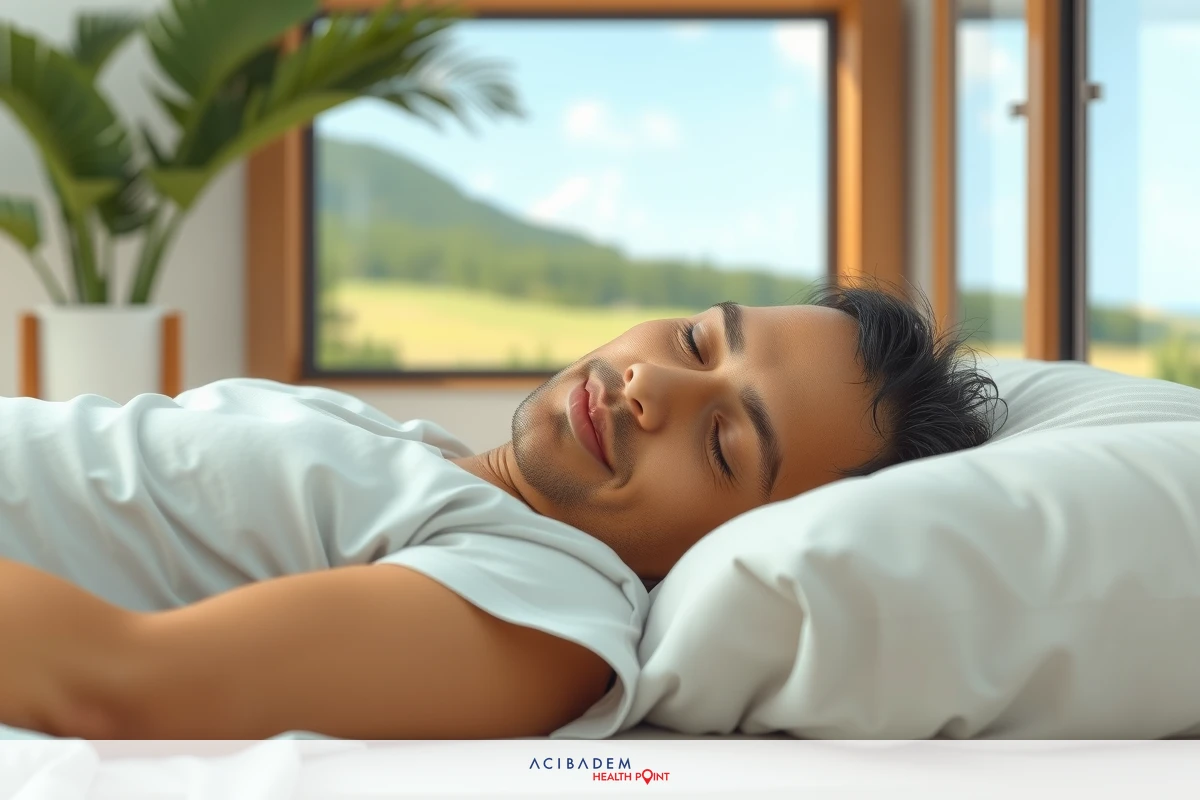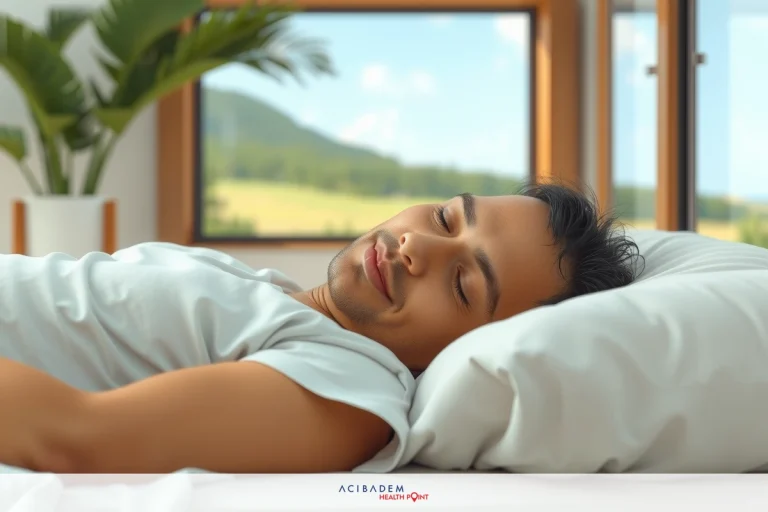How to Improve Breathing After Rhinoplasty
How to Improve Breathing After Rhinoplasty Breathing freely and comfortably is a fundamental aspect of living, often taken for granted until it becomes compromised. Post-rhinoplasty, patients may experience some difficulties in airflow due to the healing process inherent with any form of nasal surgery. This article serves as a guide to help navigate these possible post-operative challenges.
The focus here lies on three main strategies: breathing exercises, nasal irrigation techniques, and optimal sleeping positions. Each plays a unique role in promoting better airflow through the nose after rhinoplasty. Breathing exercises stimulate healing while enhancing respiratory function; nasal irrigation aids in clearing the passageways and reducing congestion; proper sleep posture can alleviate discomfort while minimizing swelling that could obstruct air passage. With consistent application of these strategies, improving post-rhinoplasty breathing can be achievable and manageable.
Breathing Exercises
Breathing exercises play a pivotal role in post-operative care following rhinoplasty. By practicing and incorporating them into your recovery regimen, you can significantly improve airflow through the nose after surgery. These exercises are not only beneficial for enhancing respiratory function but also contribute to overall healing.
The first exercise is known as “diaphragmatic breathing,” which involves deep inhalation and exhalation using the diaphragm instead of relying solely on the chest muscles. This technique helps strengthen the diaphragm, making it easier for air to flow in and out of the lungs while reducing reliance on smaller nasal passages during recovery from rhinoplasty.
Another effective method is called “pursed lip breathing.” It consists of inhaling slowly through the nose (keeping mouth closed) and then exhaling gradually through puckered lips. This exercise can aid in controlling breath rate, improving oxygen levels, and promoting relaxation – all crucial factors that support recovery after nasal surgery.
In addition to these techniques, there’s an approach named “coordinated breathing.” In this practice, one inhales before beginning an activity or movement and exhales while performing said activity or movement. Coordinated breathing can be particularly advantageous during physical tasks when shortness of breath may otherwise occur
due to tissue healing post-rhinoplasty.
While each patient’s experience with rhinoplasty might vary slightly based on individual health conditions or specific surgical procedures performed — applying these exercises consistently will undoubtedly assist in boosting your ability to breathe better after surgery. However, it’s essential always to follow professional medical advice regarding any changes you notice within your body throughout your recovery period.
Nasal Irrigation
Nasal irrigation, a practice rooted in ancient Ayurvedic medicine, has been recognized in the modern world for its benefits to respiratory health. Especially significant after rhinoplasty, nasal irrigation is a simple yet effective

technique that can aid in clearing nasal passages and reducing congestion — both of which are critical steps toward improving breathing post-surgery.
The procedure involves using saline water to flush out the nasal cavities gently. The solution works by thinning mucus and easing its removal from the nose’s inner lining. It also aids in moisturizing dry or irritated tissues within the nostrils. As this process clears away debris and excess mucus that could block air passage through your nose, it inherently promotes better airflow.
A bulb syringe or neti pot can be utilized for this purpose; nevertheless, care must be taken while doing so to prevent any potential complications such as infection due to improper use or unclean equipment. Always ensure you’re using distilled or sterilized water rather than tap water when preparing your saline solution.
While nasal irrigation might cause slight discomfort initially, with regular practice, one can become more accustomed to it over time. Regularly performing this technique helps maintain clean and clear passageways throughout recovery from rhinoplasty – thereby significantly contributing towards improved breathing overall.
Always consult your healthcare provider before starting on any new regimen like nasal irrigation during post-operative care since individual needs may vary depending on specific conditions related to surgery or personal health status.
Sleeping Position
Ensuring a proper sleeping position is another crucial aspect of post-rhinoplasty care that can significantly enhance breathing. After nasal surgery, swelling and discomfort are common occurrences which can be minimized with the right sleep posture. The aim here is to facilitate easier breathing by reducing pressure on the nose – something
as simple as an optimal sleeping position can play a significant role in achieving this.
Elevation is key when it comes to post-operative sleeping positions after rhinoplasty. It’s recommended to keep your head elevated above heart level while resting or sleeping during recovery — this promotes better circulation and helps reduce inflammation around the surgical site. Using multiple pillows or an adjustable bed frame may aid in maintaining a comfortable yet elevated position throughout the night.
While some might find back-sleeping uncomfortable, it’s typically advised over side or stomach sleeping following rhinoplasty for several reasons: these positions could put unnecessary pressure on your healing nose, potentially affecting its final shape once healed; they also increase chances of accidental bumps during sleep which could lead to injury or complications.
Keeping the mouth slightly open while asleep allows alternative airflow if there’s congestion due to swelling in nasal passages — hence facilitating more comfortable sleep plus contributing towards overall improved breathing after surgery.
However, straightforward these suggestions might seem though, their effectiveness lies within consistent practice. Incorporating them into your nighttime routine will undoubtedly assist you through recovery post-rhinoplasty while enhancing your ability to breathe easily sooner than expected – always remember that each small step contributes toward greater progress along your journey towards regaining normal respiratory function after nasal surgery.
Frequently Asked Questions
What is the optimal time frame to perform breathing exercises after rhinoplasty?
It's generally recommended to start simple breathing exercises within a few days of surgery, once the initial discomfort subsides. Still, always consult with your healthcare provider for personalized advice based on your specific circumstances and recovery progress.
How frequently should nasal irrigation be done during post-rhinoplasty care?
Nasal irrigation can be performed daily or as advised by your healthcare provider. Regularity helps in maintaining clear passages but remember not to overdo it as excessive irrigation could potentially lead to dryness or irritation in the nostrils.
Are there any risks associated with sleeping elevated post-rhinoplasty?
Generally, sleeping with head elevation poses minimal risk and is typically beneficial following rhinoplasty. It helps reduce swelling and facilitates easier breathing. Yet, if you experience severe discomfort in this position or have other health concerns that might get aggravated due to elevation — such as certain cardiovascular conditions — please consult your doctor.
Can these recommendations replace medical advice from my surgeon or physician regarding post-operative care after rhinoplasty?
While these tips are designed to provide general guidance towards improving breathing post- rhinoplasty, they do not substitute professional medical advice tailored specifically for you by your healthcare provider. Always follow instructions given by them pertaining directly to your personal health status and surgical procedure details.











